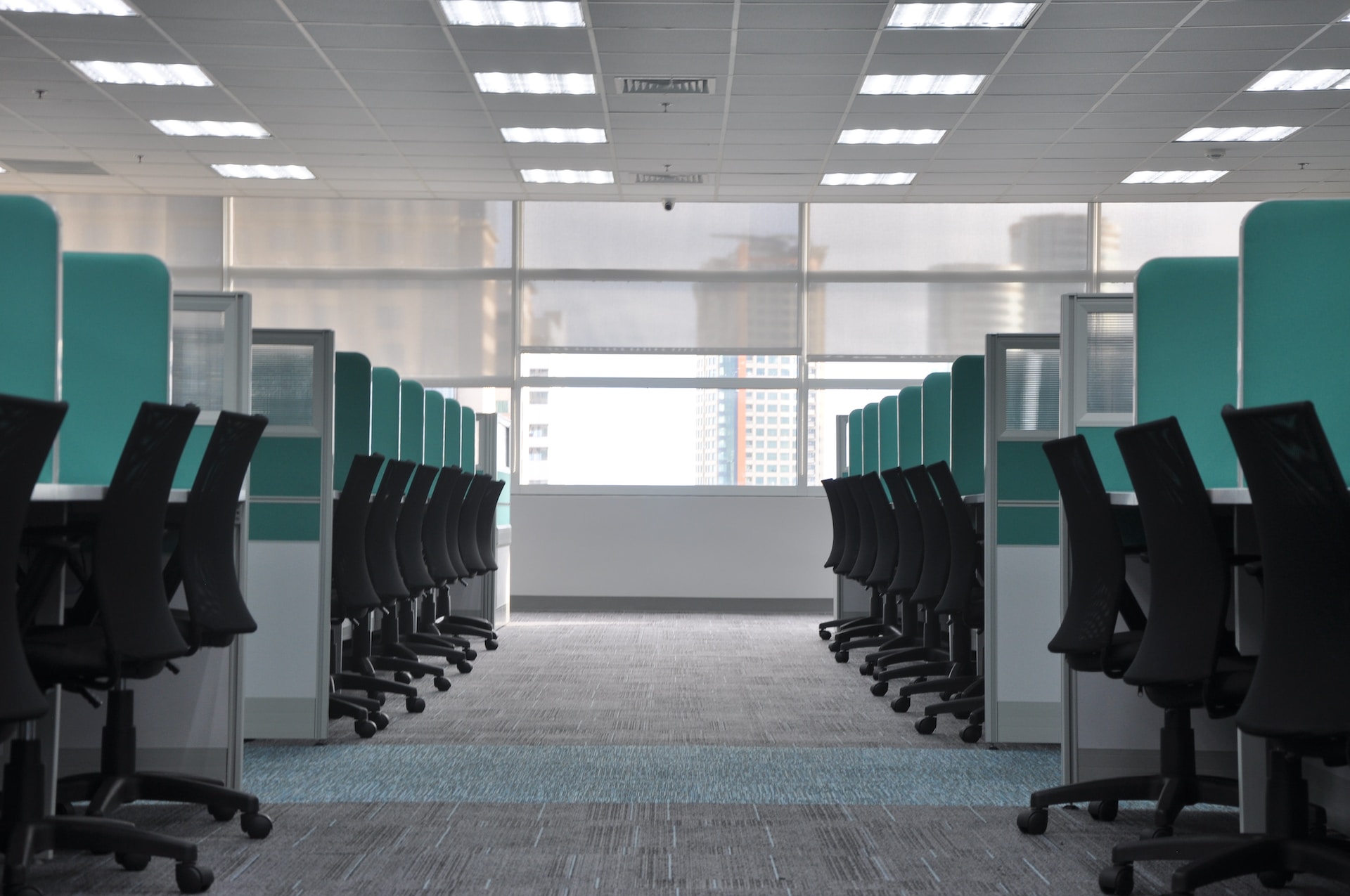Over the last 18 months, many of us have had to make the best of working from home. Whereas before the regular 9-5 was the norm, nowadays 74% of employers plan to continue allowing employees to log in remotely.
While this is all well and good, you may be wondering how you can set up your home office to maximise productivity. What furniture will you need? What colours are best? Should youbuy some plants? Do you need better lighting?
With so much to consider, it can be difficult to know where to start. That’s why we’ve summarised the key elements you’ll need for a productive home office.
Key elements of a home office that promotes productivity
1. Quality furniture and equipment
Hunching over your dining table isn’t conducive to productivity and may not be good for your physical well-being either. One way to avoid back pain is to consider investing in some ergonomic equipment and furniture.
If you need to buy the equipment yourself and you don’t have funds readily available, a long-term loan could help you to spread the cost of quality furniture and equipment to protect your health and well-being in the long term.As long as you can meet the repayment terms specified in the loan, this could be a considerable last resort.
2. Separate work and family life
Getting constantly interrupted by children can be distracting. Although it happens to the best of us (including high-profile professionals such as TV broadcasters), to truly get in a productive day at work, you’ll want to separate your home and family life.
If space allows, having a separate home office (rather than working from the dining table) will do wonders for your productivity.
3. A healthy environment
Nobody wants to work in a cave. To truly be productive, you’ll need to have all the basics. We’re talking natural light, fresh air and a comfortable temperature.
You should also consider adding some greenery or houseplants. According to a study by the University of Exeter, plants can increase productivity by up to 15%.
4. Consider ‘zoning’ your office
If space allows, you could consider creating different spaces for different tasks. By splitting your room into ‘zones’, you can break up the day and increase productivity simultaneously. For example, you could have different sections for reading, calls and creative thinking.
Although nobody is suggesting creating a breakout room in your home office, simply adding a corner sofa or armchair can make a big difference.
5. Add some life
Finally, consider injecting some life and energy into the space. Plants, shrubs and bold paints or prints can make a space feel more energetic and can help you beat the Monday blues.
Whilst working from home is enjoyed by many, it’s important to create an environment conducive to working. If you’re struggling to concentrate whilst working remotely, you may want to reconsider switching up your home office.
















